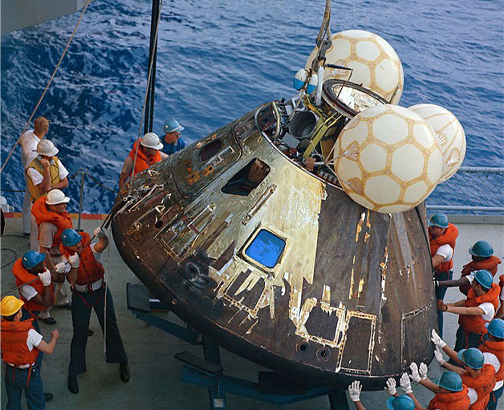3.4 Using collective leadership for problem-solving
A complex problem for an organisation could consist of having to innovate in terms of processes and products, to be creative and think out of the box – all of which consist of learning. For instance, organisations in technology-intensive sectors such as artificial intelligence or robotics need to produce new knowledge and apply it in order to develop new services. Additionally, they have to do this within budget and time constraints.
Complex problems can relate to the fact that a solution is required urgently, despite the absence of an obvious and pre-existing answer. This involves a pluralist take on problem-solving; that is to say, being open to a different solution – as opposed to unitarist thinking as always looking for the same ‘one’ solution.
Teamwork, if used appropriately, is a way to be creative in terms of problem-solving in organisations as, firstly, it allows for the mobilising of the individual knowledge and skills of all the different team members, and secondly, it can create synergy through the interaction of the different team members.
Watch the following TedTalk video about teamwork.
This is what happened in 1970 with ‘the Apollo 13 mission when the team of astronauts and ground crew had to devise an innovative solution to filter the carbon dioxide out of the space module’ so as to impede an imminent death for the astronauts (Crossan, 1998, p. 598). In the end, a solution was found within six hours and the Apollo 13 capsule was able to make it back safely to Earth. This is a good example of teamwork linked to leadership-as-practice. It was through the collaboration of different group members, for instance, the engineers of the ground crew for Apollo 13, that an innovative solution was found in order to respond to the emergency.
Collective leadership can bring about learning and contribute to transforming and creating learning organisations. Garvin, Edmondson and Gino (2008, p. 109) argue that a learning organisation entails that ‘employees continually create, acquire, and transfer knowledge – helping their company adapt to the unpredictable faster than rivals can’. In other words, this is linked to teamwork but also to creating a broader culture of learning. However, a possible criticism of this approach is that it becomes difficult to differentiate collective leadership and teamwork.
Activity 11 The ‘Valve’ case study
This activity will allow you to reflect on the articulation of collective leadership and learning through the example of Valve, a video game producer.
Part A
Read the following article:
How going boss-free empowered the games-maker (Kelion, 2013) [Tip: hold Ctrl and click a link to open it in a new tab. (Hide tip)]
a.
True
b.
False
The correct answer is a.
Answer
True. We form into teams based on need to complete a feature or complete a game, and then we disperse into new teams.
a.
True
b.
False
The correct answer is b.
Answer
False. We’re a flat organisation, so I don't report to anybody and people don’t report to me.
a.
True
b.
False
The correct answer is b.
Answer
False. We form into teams based on need to complete a feature or complete a game, and then we disperse into new teams.
a.
True
b.
False
The correct answer is a.
Answer
True. Staff working on the same project rank each other’s technical skills, productivity, team-playing abilities and other contributions. The information is then used to create an overall leader-board which then helps determine who gets paid what.
Part C
In the box below, note down your thoughts onthe questions below.
- How do Valve teams function in order to produce a learning culture?
- Is there any downside for Valve’s teamwork model?
Discussion
Valve is a successful start-up company in the video game industry, a contemporary type of industry that does not correspond to traditional types such as, for example, car manufacturing. It is vital for it to be innovative and creative and produce new video games that would appeal to gamers. Most workers are highly skilled, presumably including engineers and graphic designers among others.
Valve is able to create new knowledge as it is constantly designing new video games. This is linked to the fact that its employees feel empowered within the framework of collective leadership. Leadership is collaboratively brought about with teamwork, as opposed to just distributing it among a number of individual positions. Perhaps it would be more difficult to learn in a context of crisis.
Finally, a culture of learning is favoured by reinforcing relational ties between employees, for instance through going on holidays together. Teamwork is extremely flexible and functions through a flat organising of work. Individuals can move from one team to another as teams are not permanent, meaning there are no formal hierarchies in teams. Performance is collaboratively decided through collective appraisals. At the same time, there is a danger of burnout in a context of high level of team work – Valve’s teamwork model might force employees to commit too much to their organisation and sacrifice their private life as a result.

